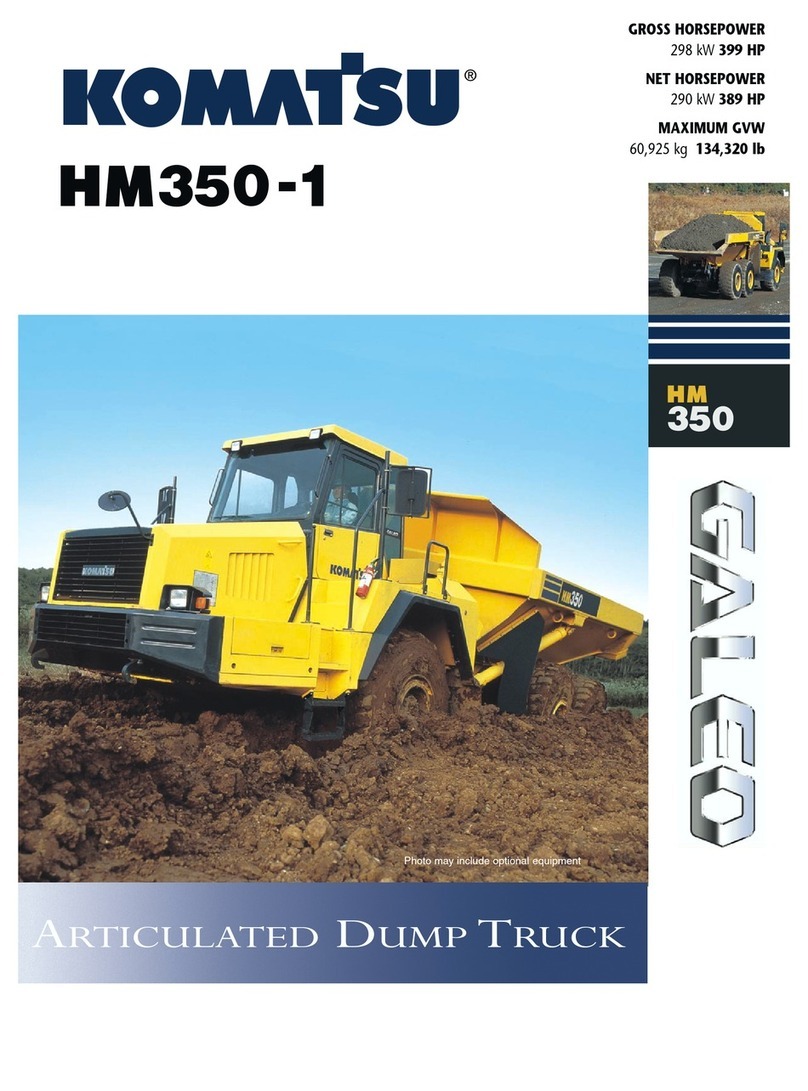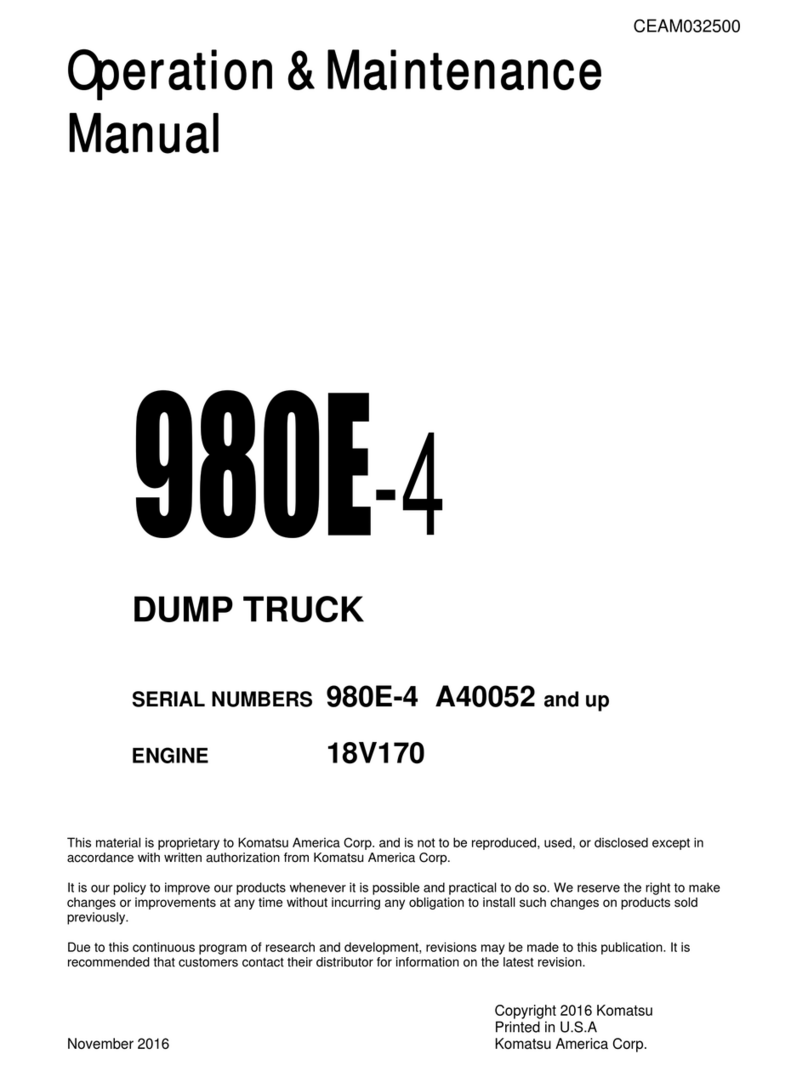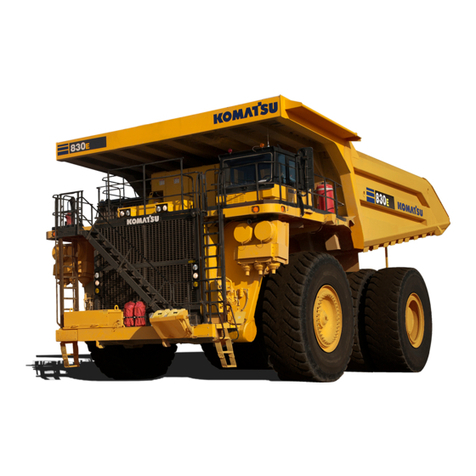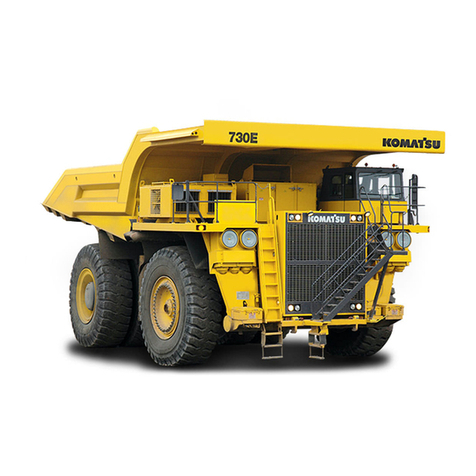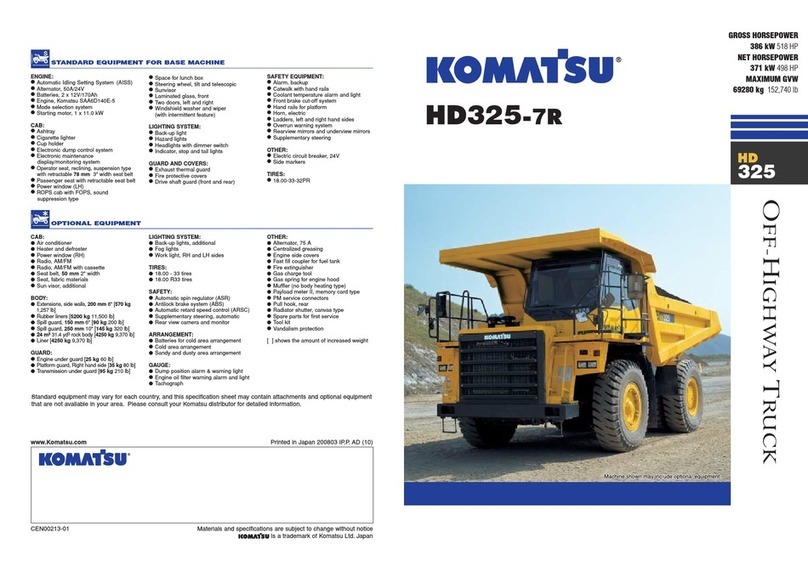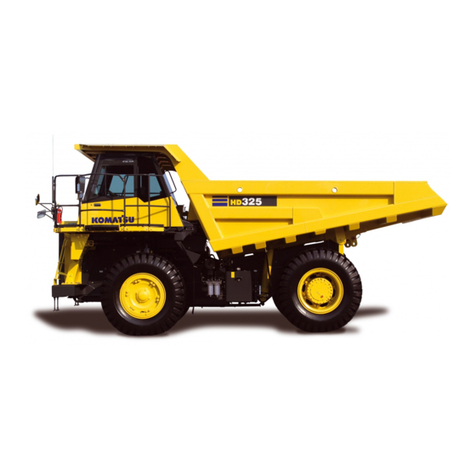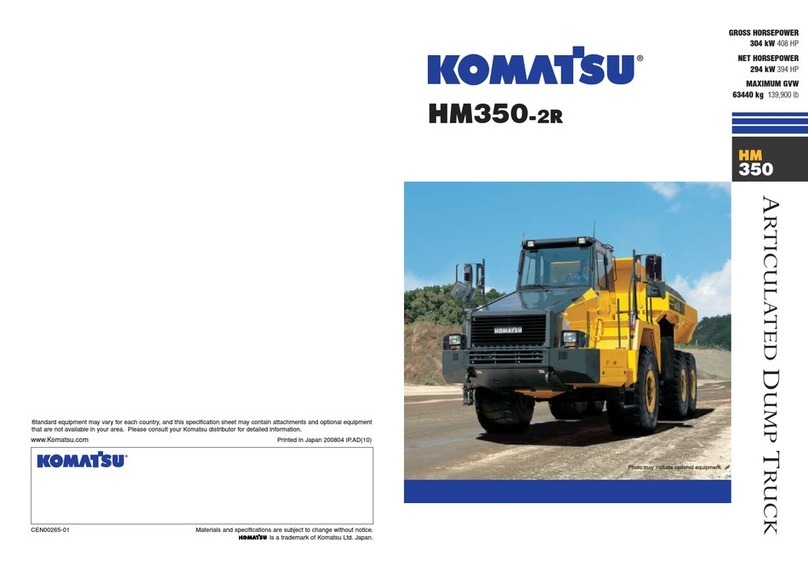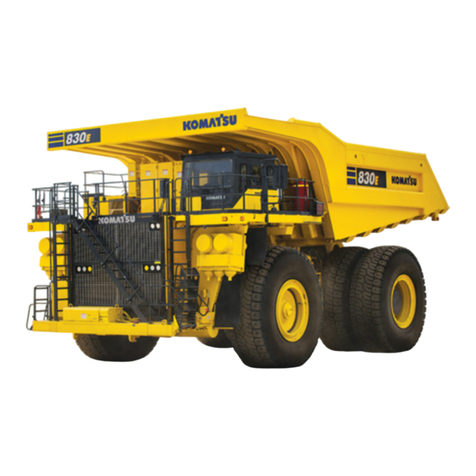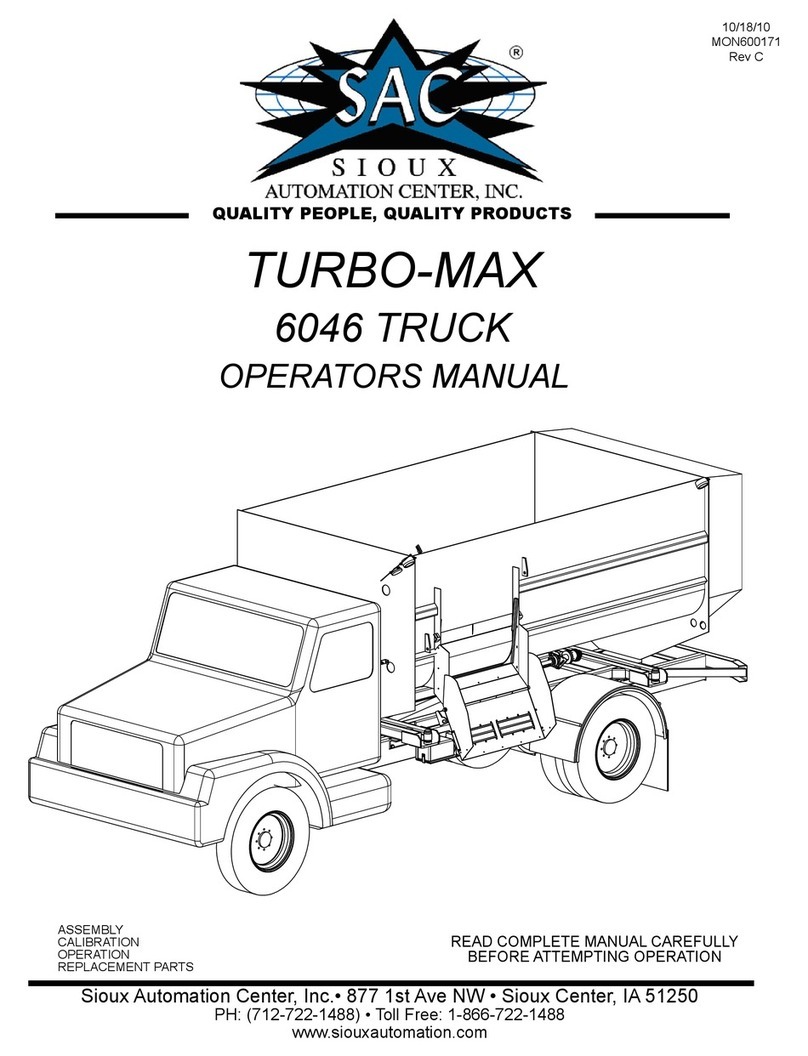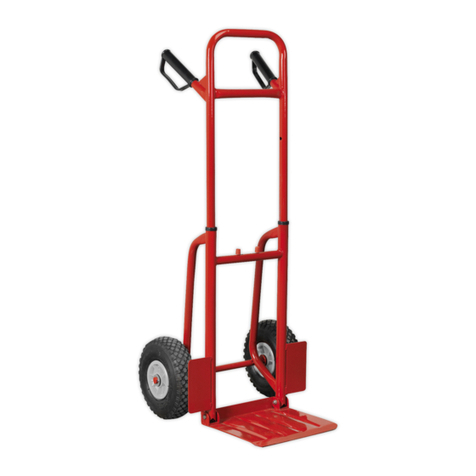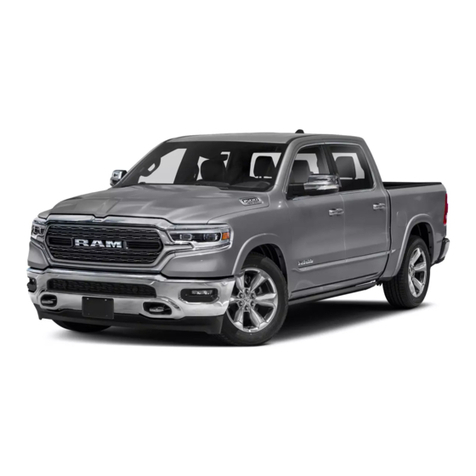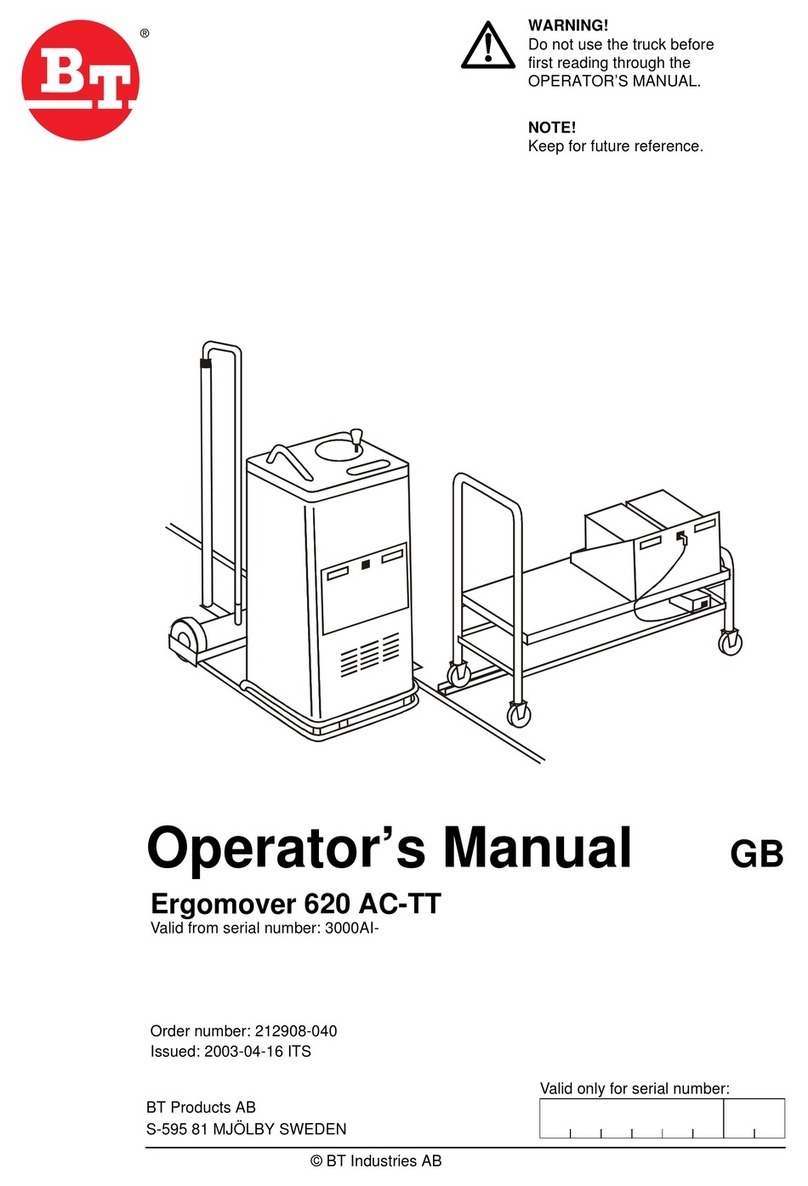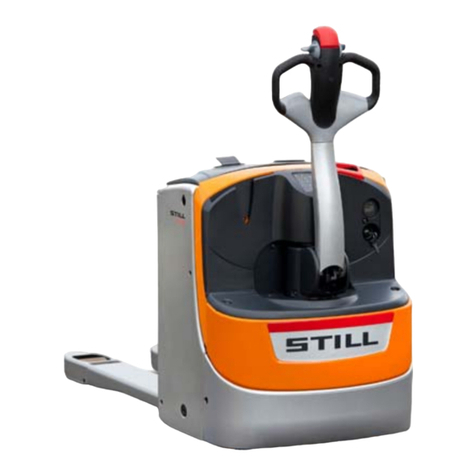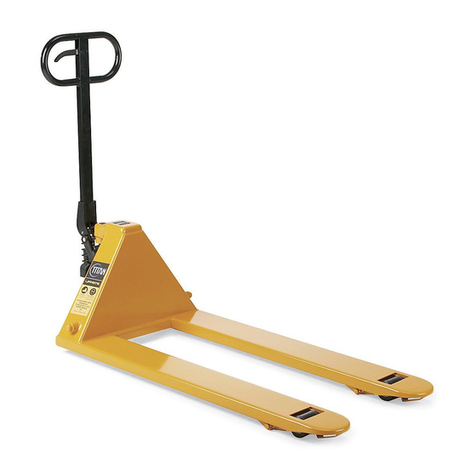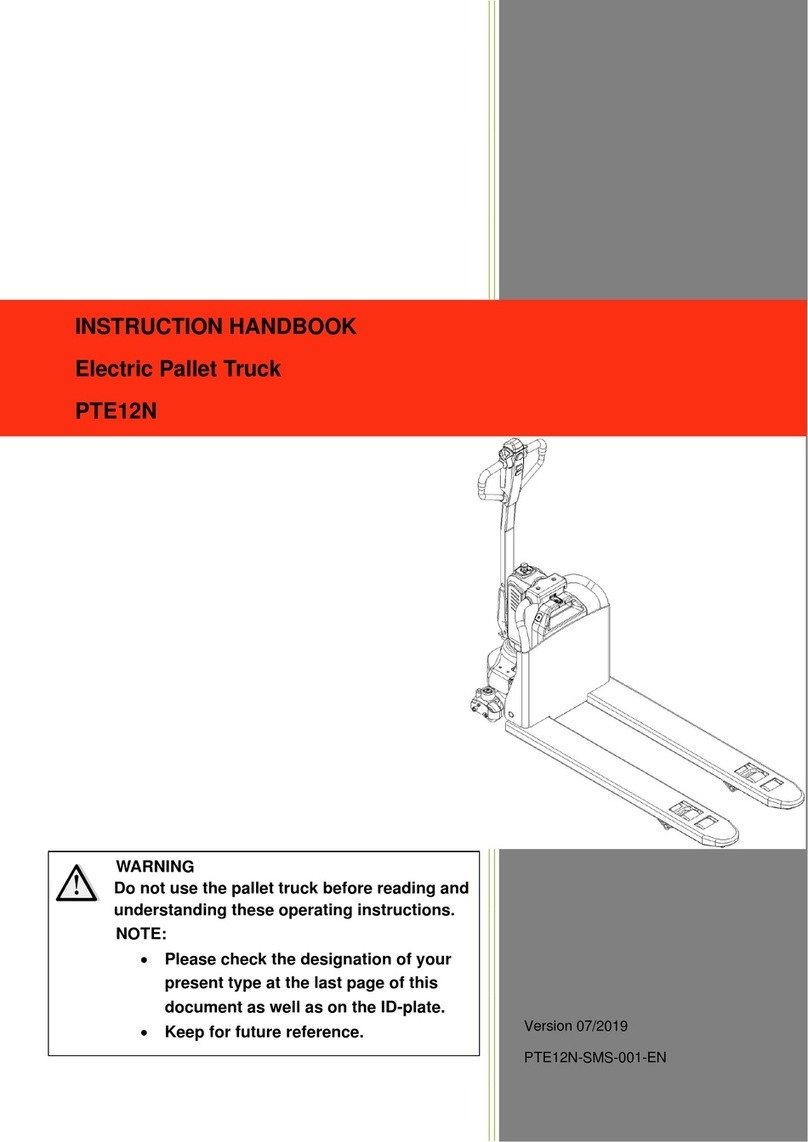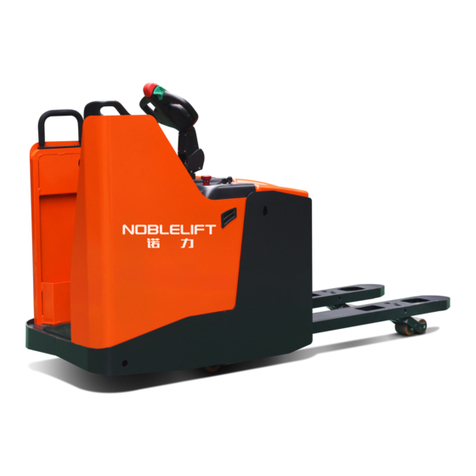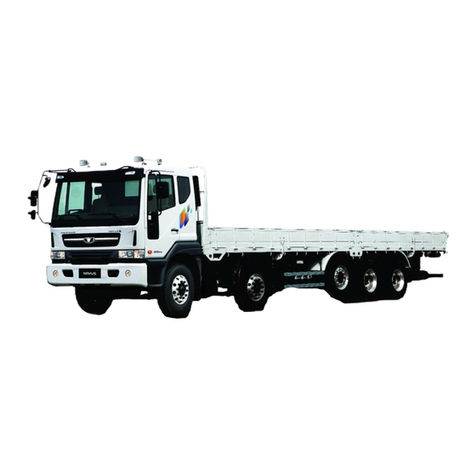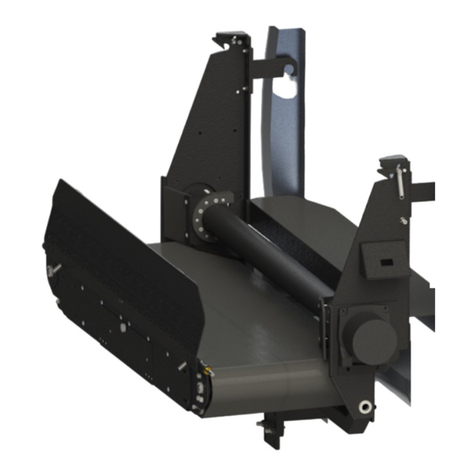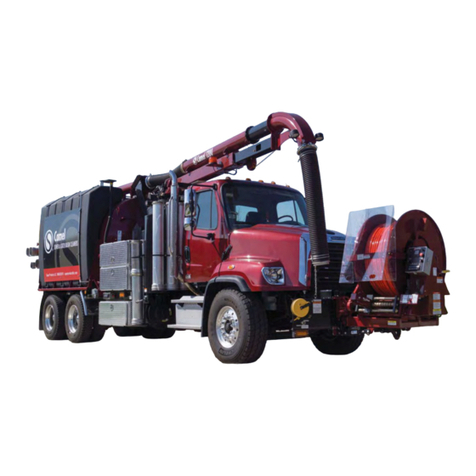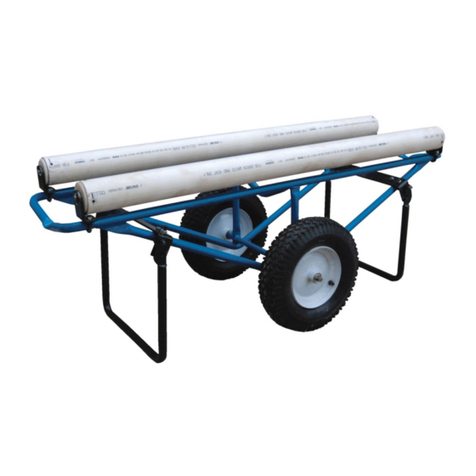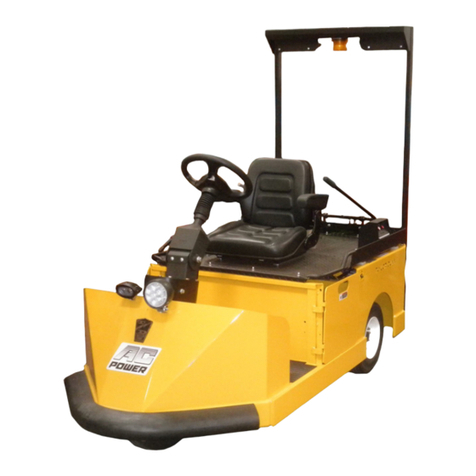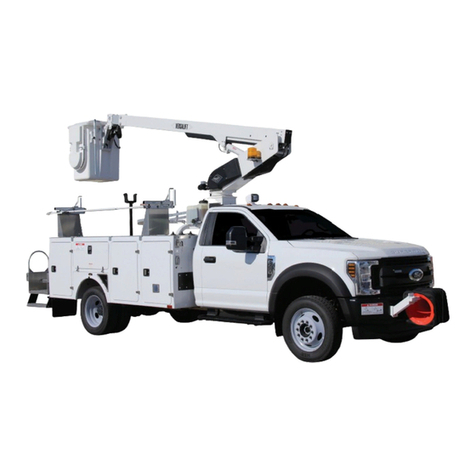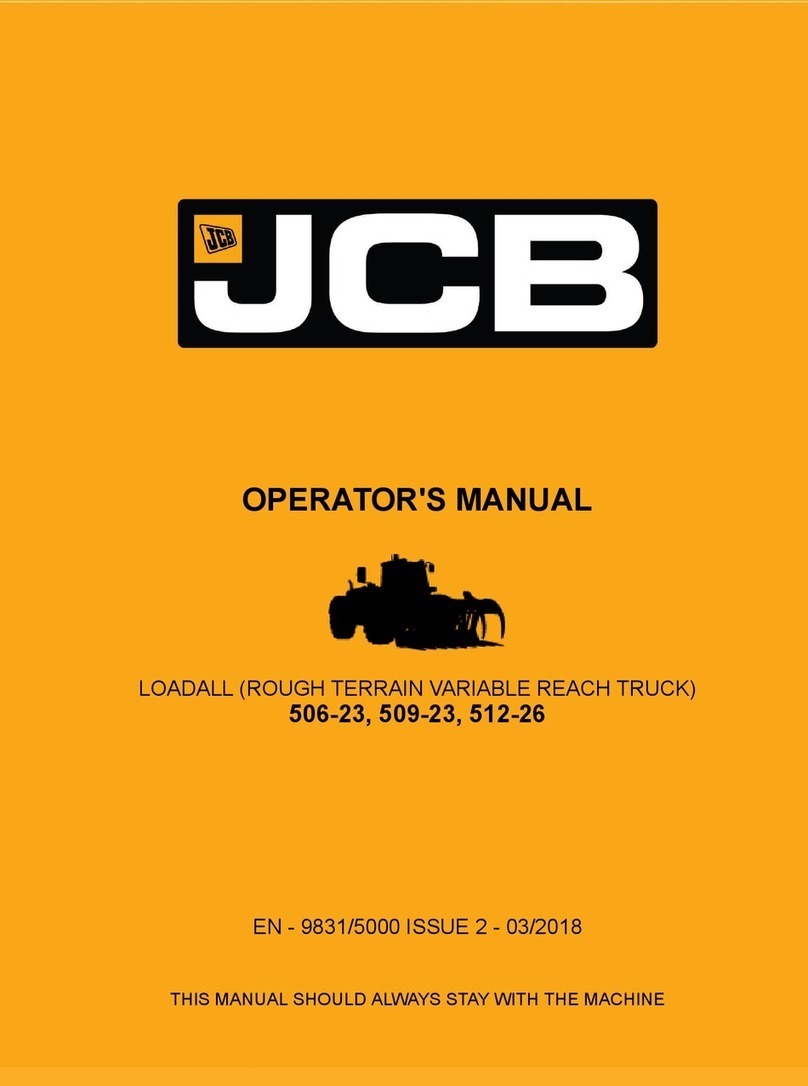
A00044 Introduction A-1
FOREWORD
This manual is written for use by the service technician. It is designed to help these persons to become fully knowl-
edgeable of the truck and all its systems in order to keep it operating safely and efficiently. All operators and main-
tenance personnel must read and understand the materials in this manual before operating the truck or performing
maintenance and/or operational checks on the truck. All safety notices, warnings, and cautions must be under-
stood and followed when operating or repairing the truck.
The first section covers component descriptions, truck specifications and safe work practices, as well as other gen-
eral information. The major portion of the manual pertains to disassembly, service, and reassembly. Each major
serviceable component has a section in the shop manual. Disassembly of any component should only be done as
far as necessary to accomplish needed repairs.
The illustrations used in this manual are, at times, typical of the component shown and may not necessarily depict
a specific model.
This manual shows dimensioning in metric units and in U.S. English units. All references to Right, Left, Front, or
Rear are made with respect to the operator's normal seated position, unless specifically stated otherwise.
Standard torque requirements for common fasteners are shown in torque charts in the general information section.
Special torque requirtements are provided in the text in bold face type, such as 135 N·m (100 ft lb). All torque
specifications have ±10% tolerance unless otherwise specified.
A product identification plate is located on the frame in front of the right side front wheel and designates the truck
model number, product identification number (vehicle serial number), and maximum GVW (Gross Vehicle Weight)
rating.
The Komatsu truck model designation consists of three numbers and one letter (i.e. 930E).
The three numbers represent the basic truck model.
The letter E, when present, designates an electrical wheel motor drive system.
The product identification number (vehicle serial number) contains information which will identify the original manu-
facturing bill of material for this unit. This complete number will be necessary for proper ordering of many service
parts and/or warranty consideration.
The GVW is what determines the load on the drive train, frame, tires, and other components. The vehicle design
and application guidelines are sensitive to the total maximum Gross Vehicle Weight (GVW). GVW is total weight:
the empty vehicle weight + the fuel and lubricants + the payload.
To determine allowable payload, fill all lubricants and fuel tank to the proper level. Weigh the truck and record this
value. Subtract it from the GVW to determine the allowable payload.
NOTE: Accumulations of mud, frozen material, etc., become part of the GVW and reduces allowable payload. To
maximize payload and to keep from exceeding the GVW rating, these accumulations must be removed as often as
practical.
Exceeding the allowable payload will reduce the expected life of truck components.
Find manuals at https://best-manuals.com

